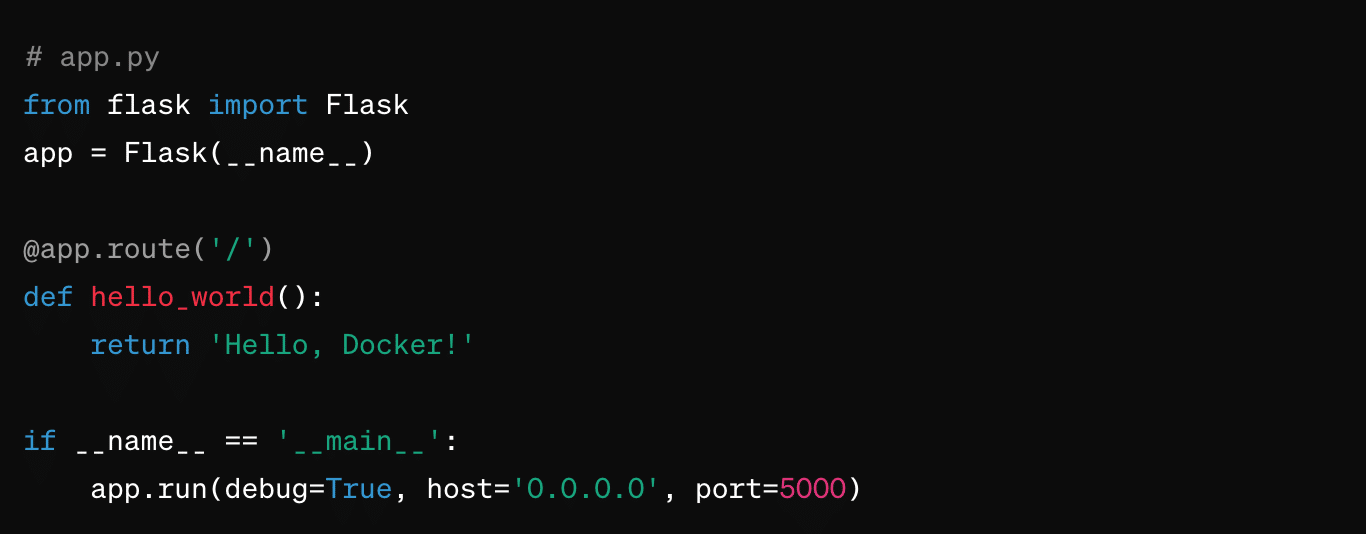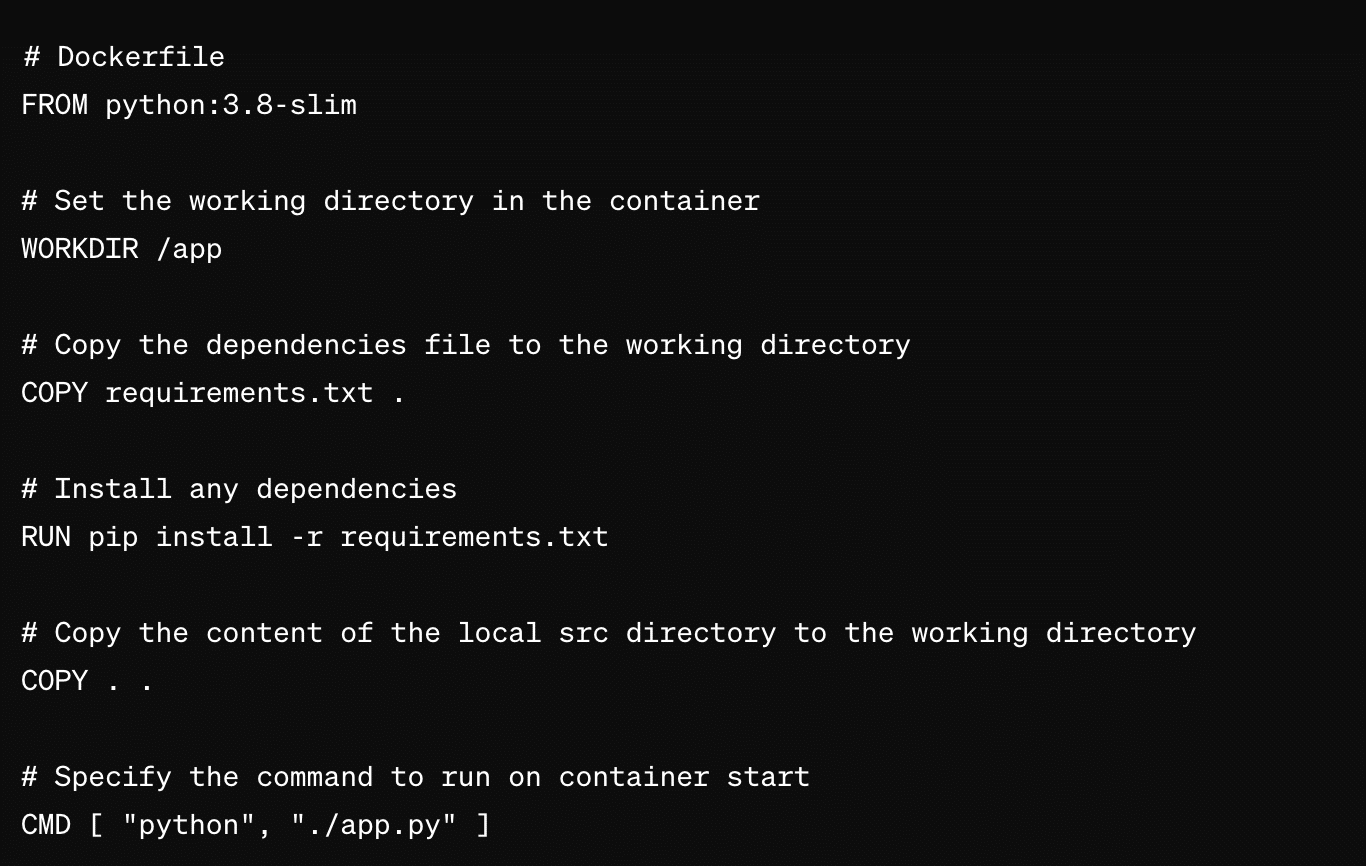Dockerfile and Docker Compose
Understanding the difference between a Dockerfile and a ‘docker-compose.yml’ file is fundamental to working effectively with Docker. While both are essential components in containerization, they serve distinct purposes in the Docker ecosystem.
Let’s start with Dockerfile
A Dockerfile is essentially a text file containing a set of instructions that Docker uses to build a Docker image. It outlines the steps needed to create the environment in which your application will run, including setting up dependencies, defining the operating system, copying files into the image, and configuring the runtime environment. Think of it as a blueprint for your Docker image. A Dockerfile adheres to a specific syntax and set of commands that include:
‘FROM’: Sets the base image for subsequent instructions. For instance, ‘FROM ubuntu:18.04’.
‘RUN’: Executes commands in a new layer on top of the current image and commits the results.
‘COPY’ and ‘ADD’: Copy files from the local file system into the container.
‘CMD’: Provides the command to run when the container starts.
A Dockerfile is usually used to create a single Docker image.On the other hand, a ‘docker-compose.yml’ file is used with Docker Compose, a tool for defining and running multi container Docker applications. The ‘docker-compose.yml’ file is a YAML formatted file that defines the services, networks, and volumes required for your application. It allows you to specify the configuration for each service, such as the Docker image to use, port mappings, environment variables, and dependencies between services. With docker-compose.yml, you can describe your entire application stack in a single file, making it easy to manage and deploy complex applications.
Here’s a basic structure of a ‘docker-compose.yml’ file:
Now, let’s compare Dockerfile and Docker Compose
While both are used in Docker environments, they serve different purposes and target different aspects of the containerization process. Dockerfile focuses on building individual Docker images with detailed customization options, while Docker Compose streamlines the management of multi-container applications by providing a declarative configuration format. In essence, Dockerfile is used for creating Docker images, whereas Docker Compose is used for orchestrating and managing multi container Docker applications.
Use cases
Dockerfile is used when you need to define a single container. It’s great for setting up the environment exactly how you need it for your application.
Docker Compose is used when you need to coordinate multiple containers that need to work together. For example, an application that requires a web server, a database, and a cache would benefit from Docker Compose.
Dockerfile Example
Creating a Simple Python Application.
Suppose you have a simple Python application that you want to containerize using Docker. The application is a single Python script (app.py) that starts a web server:
You’ll need a Dockerfile to build an image for this application:
Here, ‘requirements.txt’ might look like this:
This Dockerfile uses the ‘python:3.8-slim’ image as a base, installs the necessary Python packages, and sets the command to run the application.
In summary, the main difference between a Dockerfile and a ‘docker-compose.yml’ file lies in their scope and purpose. A Dockerfile is used to define the build process for a single Docker image, while a ‘docker-compose.yml’ file is used to define and manage multiple Docker containers as a single application. Both are essential tools in the Docker toolbox, enabling developers to streamline the development, deployment, and management of containerized applications.










